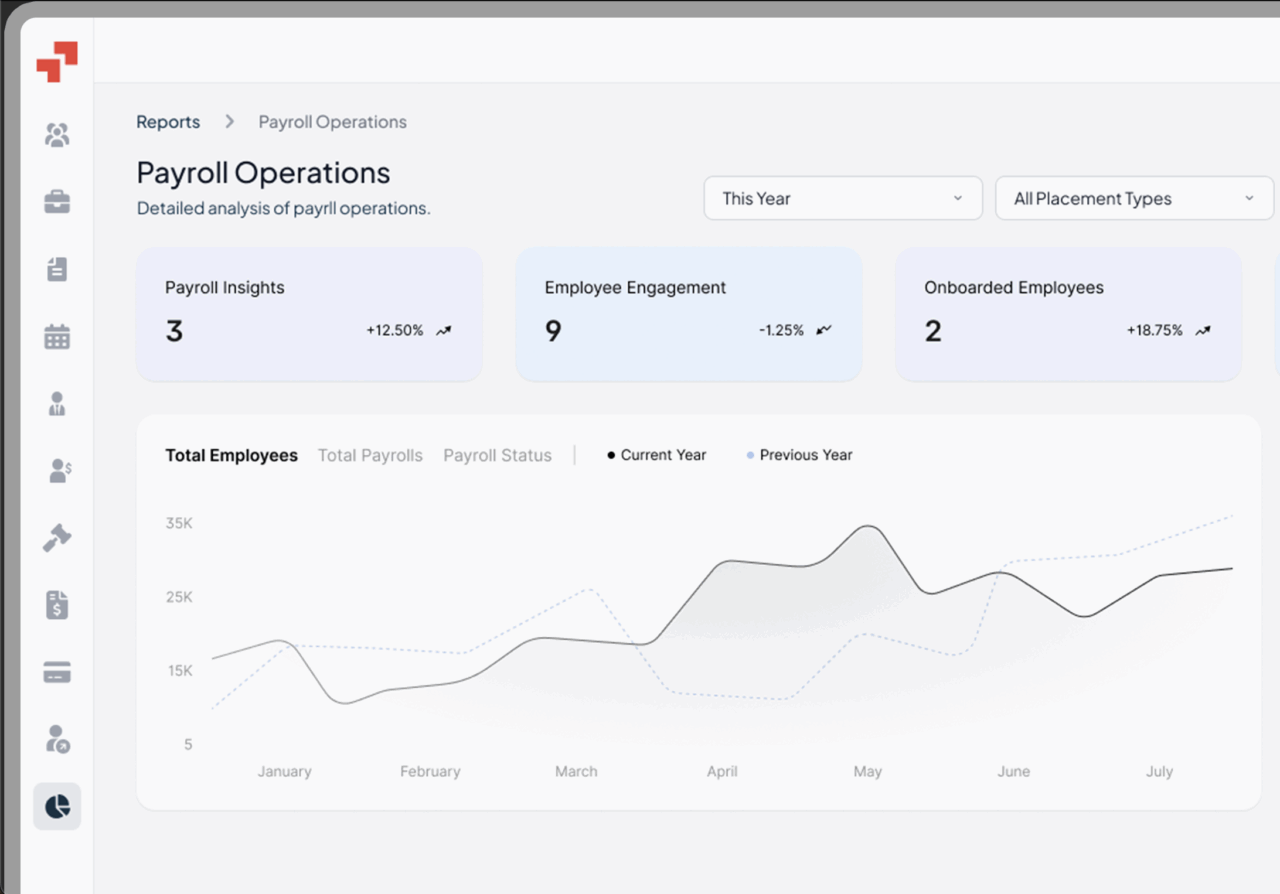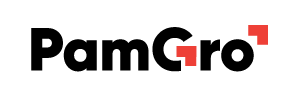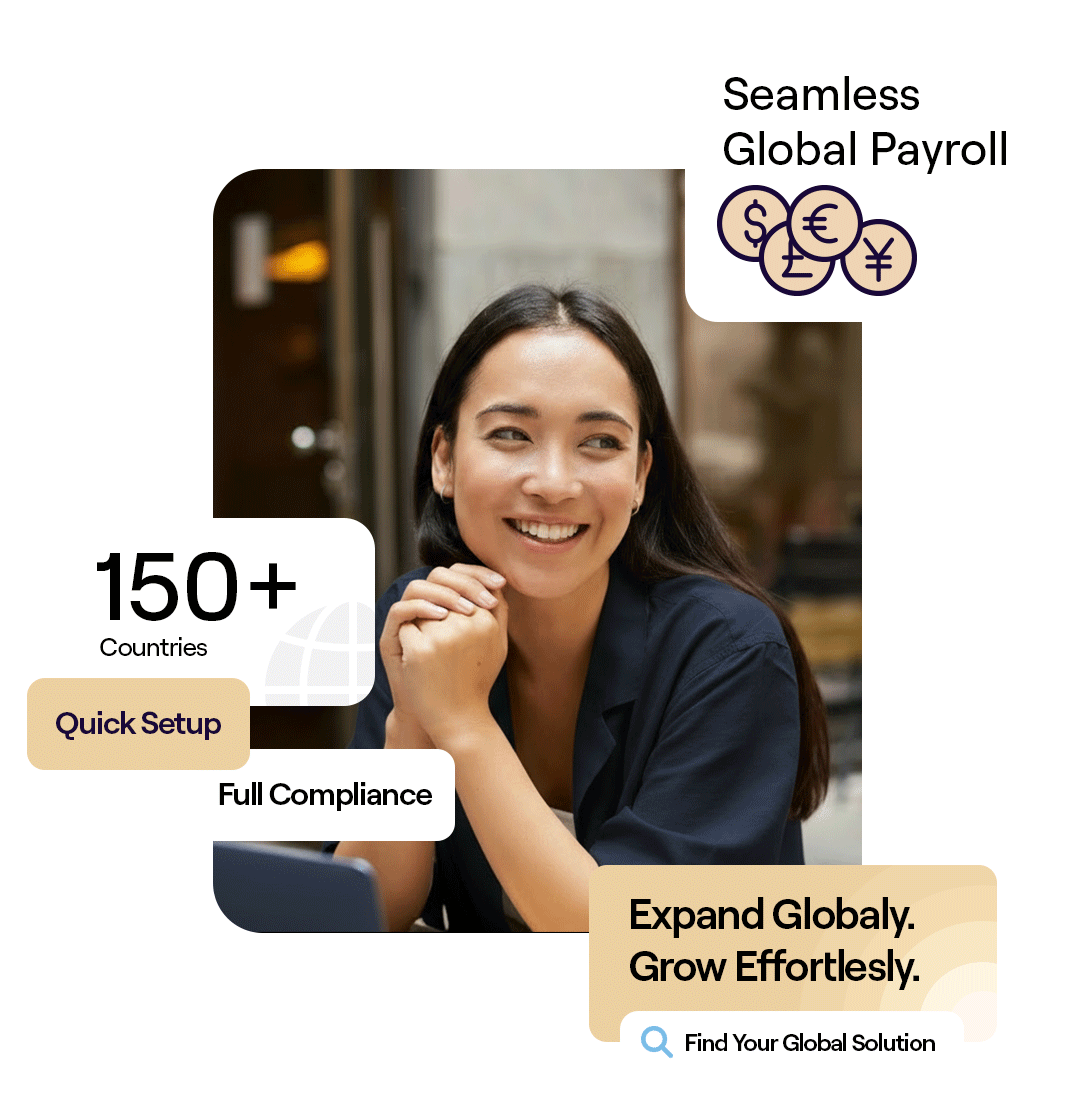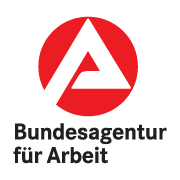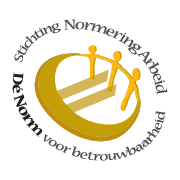Global Workforce GlossaryAgile Workforce
Related Terms
Workforce Agility
Distributed Workforce
Decentralized Workforce
Global Teams
Talent Density
In a world where business change is the only constant, success depends on adaptability, much like agile software development . Traditional workforce models often can’t keep pace with today’s dynamic markets, emerging technologies, and evolving customer demands. That’s where an agile workforce comes in — a team that’s flexible, responsive, and capable of adjusting to new challenges quickly. For leaders navigating global expansion, digital transformation, or hybrid work, building agility into your workforce isn’t optional — it’s a competitive advantage.
Table of Contents
- What is co-employment?
- What are co-employment laws?
- Why is co-employment a risk?
- What are co-employment rules
- Co-employment do’s and don’ts
- How does co-employment work?
- What is the difference between co-employment and joint employment?
- Co-employment vs PEO
- Co-employment vs employee leasing
- Is co-op considered a full-time employee?
- Is it illegal to work for two jobs in the same industry?
- Co-employment examples
- Practical Case Study Example
- PamGro and Co-employment: Your Global Partner
What is an Agile Workforce?
An agile workforce refers to a dynamic group of employees, contractors, or global professionals who can rapidly adjust to changes in business priorities, market conditions, and technologies.
Instead of rigid hierarchies, an agile workforce thrives on collaboration, cross-functional skills, and adaptability.
The goal is simple: to help companies respond quickly to change without losing productivity. Agile workforce development combines permanent staff with flexible global talent — allowing organizations to scale up, pivot projects, or explore new markets instantly. This blend of in-house expertise and global EOR-enabled flexibility ensures that high performing teams maintain operational stability even in times of uncertainty.
How to Create an Agile Workforce
Creating an agile workforce begins with rethinking traditional HR models. The focus shifts from job titles to skills, from fixed teams to fluid collaboration.
Start by identifying business functions that require flexibility and promoting continuous learning — such as customer service, product innovation, or expansion roles. Introduce cross-training programs, adopt agile project management practices like sprint planning and stand-ups, and invest in digital tools for real-time collaboration.
Complement this internal agility with external adaptability. Partnering with an Employer of Record (EOR) like PamGro helps businesses quickly hire remote professionals across borders while staying compliant with local laws. This seamless integration of on-demand team members and permanent talent is crucial for company leaders to build the cornerstone of a truly agile organization.
How to Become an Agile Workforce: 3 Key Steps
- Assess and Segment Roles – Determine which positions require long-term stability and which can be project-based or outsourced.
- Enable Skill Mobility – Encourage employees to learn beyond their core functions through workshops, shadowing, or rotational assignments.
- Activate Global Flexibility – Use EOR services to hire global talent on short notice, manage payroll efficiently, and ensure legal compliance across markets.
When you align internal upskilling with external hiring agility, your business can adapt faster to opportunities — or disruptions — anywhere in the world.
What Does It Mean to Be an Agile Worker?
An agile worker is someone who embraces change and thrives in fast-evolving environments. They’re proactive, collaborative, and quick to learn new technologies or workflows. Agile workers focus on delivering outcomes, not just completing tasks.
In practice, this might mean shifting between projects, collaborating with global teams across time zones, or adopting new tools on the fly. Organizations that empower such workers through continuous improvement — by offering autonomy, flexible work policies, and growth opportunities — build teams that naturally adapt rather than resist change.
What is Agile Workforce Planning?
Agile workforce planning is a responsive agile project management framework approach to aligning business goals with real-time talent needs. Unlike traditional annual plans that become outdated fast, agile planning uses short cycles (monthly or quarterly) to reassess workforce requirements.
Companies monitor performance data, project pipelines, and global market conditions through agile methodologies , then adjust hiring or reallocation accordingly. Through platforms like PamGro, you can instantly onboard new employees or contractors in different countries — ensuring you always have the right people in the right roles at the right time.
According to SHRM.org, organizations that adopt agile workforce planning are 30% more likely to outperform competitors in talent responsiveness.
What are the 4 Principles of Agile?
The Agile Manifesto in software development outlines four core values that guide agile practices to effectively address changing requirements (Agile Alliance):
- Individuals and interactions over processes and tools
- Working outcomes over comprehensive documentation
- Customer collaboration over contract negotiation
- Responding to change over following a plan
Applied to workforce management, these principles encourage open communication, autonomy, and adaptability. They shift focus from rigid policies to human connections — empowering teams to act swiftly, innovate continuously, and deliver meaningful results.
Building an Agile Workforce: Strategies for Adapting to Change
To truly embed enterprise agility across your workforce, organizations should combine cultural transformation with the ability to provide operational flexibility.
- Build modular team structures so employees can move between projects without friction.
- Adopt agile methodologies in HR, performance reviews, and hiring. For example, use “sprint hiring” to fill urgent roles.
- Promote transparency and collaboration across departments.
- Blend full-time, contract, and international talent to create balance between stability and flexibility.
- Partner with a global EOR provider like PamGro to manage cross-border compliance, payroll, and benefits.
Agility isn’t just about speed — it’s about readiness. When your workforce can evolve with your business, you gain resilience and long-term sustainability.
What is the 3-5-3 Rule in Agile?
The 3-5-3 rule describes the structure of the Scrum framework (Scrum.org):
- 3 Roles: Product Owner, Scrum Master, and Development Team
- 5 Events: Sprint, Sprint Planning, Daily Scrum, Sprint Review, and Sprint Retrospective
- 3 Artifacts: Product Backlog, Sprint Backlog, and Increment
In workforce terms, these principles translate into clearly defined roles, regular feedback cycles, and visible progress tracking. They foster accountability and teamwork — essential traits for building agile organizations.
What are the Benefits of the Agile Development Methodology?
The Agile development methodology emphasizes efficient handling of tasks and offers several organizational benefits:
- Speed and flexibility: Rapid iterations help teams respond to change faster.
- Higher quality: Frequent testing and feedback reduce errors.
- Improved collaboration: Teams and stakeholders work closely in transparent cycles.
- Employee engagement: Empowered teams show greater creativity and satisfaction.
- Customer focus: Regular feedback ensures outcomes match market needs.
When companies extend these agile processes and values beyond software — into HR, global hiring, and talent management — they create agile workforces that can adjust strategies instantly, not annually.
Why is Workforce Agility So Important Right Now?
Today’s global business environment demands constant adaptability. Hybrid work, automation, and economic volatility are changing how teams operate. Organizations with agile workforces can pivot faster, reduce costs, and stay ahead of competitors.
Workforce agility also supports global expansion. Companies entering new markets can quickly deploy teams through EOR partners like PamGro without waiting months for entity setup. This combination of flexibility and compliance allows businesses to capture opportunities wherever they arise — a major advantage in uncertain times.
A certain study highlights that companies prioritizing agility are 2.5 times more likely to outperform peers in profitability and innovation.
What is an Example of an Agile Workforce?
Consider a SaaS company in the U.S. preparing to launch in Europe. Instead of building a full legal entity immediately, they:
- Hire a remote marketing lead in Germany and a sales consultant in Spain via PamGro’s EOR solution.
- Maintain a core HQ team handling strategy while cross-functional squads manage local campaigns.
- Use agile workforce planning to reassign developers between product features based on customer feedback.
Within months, they establish market presence, validate product-market fit, and expand without compliance risks. This model exemplifies how agility — powered by global flexibility — drives faster growth.
Practical Case Study on Agile Workforce
A European clean-tech startup aimed to expand into Asia within six months. They had a strong engineering base in Berlin but no local presence. Traditional expansion would require setting up entities — costly and time-consuming.
Instead, they adopted agile workforce planning. Through PamGro, they hired local sales and marketing professionals in Singapore, Malaysia, and Indonesia — all legally employed under PamGro’s EOR framework. The company restructured internal teams into scrum teams and agile squads focusing on product localization and market entry.
Within six months, the startup launched successfully in three markets, achieving a 40% faster go-to-market time and 25% cost savings compared to traditional hiring. The agile workforce model not only accelerated global expansion but also gave leadership real-time control over hiring and performance without administrative burdens.
PamGro: Your Trusted Partner for Global Expansion
Building an agile workforce is easier when you have the right partner behind it. PamGro empowers global companies to hire, manage, and pay employees anywhere — without setting up foreign entities.
Through our Employer of Record (EOR) and global expansion solutions, businesses can onboard remote or hybrid talent in over 100 countries, ensure local compliance, manage payroll, and offer benefits seamlessly.
Whether you’re scaling fast, launching in a new region, or restructuring for agility, PamGro gives you the flexibility and legal confidence to move at market speed.
👉 Ready to build your agile, borderless workforce?
Explore how PamGro can help you expand globally — efficiently, compliantly, and with agility at its core.
FAQs About Agile Methodology
No. Agile principles apply across business functions — from HR and marketing to finance and product development.
Yes. Start small, create agile pilot teams, and scale successful practices across the organization.
Track metrics like project turnaround time, employee adaptability, cross-skill utilization, and customer response speed.
Lean minimizes waste; agile maximizes adaptability. Together, they build efficient and responsive organizations.
Not if managed properly. Partnering with an EOR like PamGro ensures local legal, tax, and employment compliance while you scale globally.
Hire the Best Talent, Anywhere
